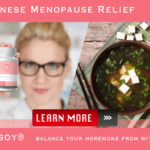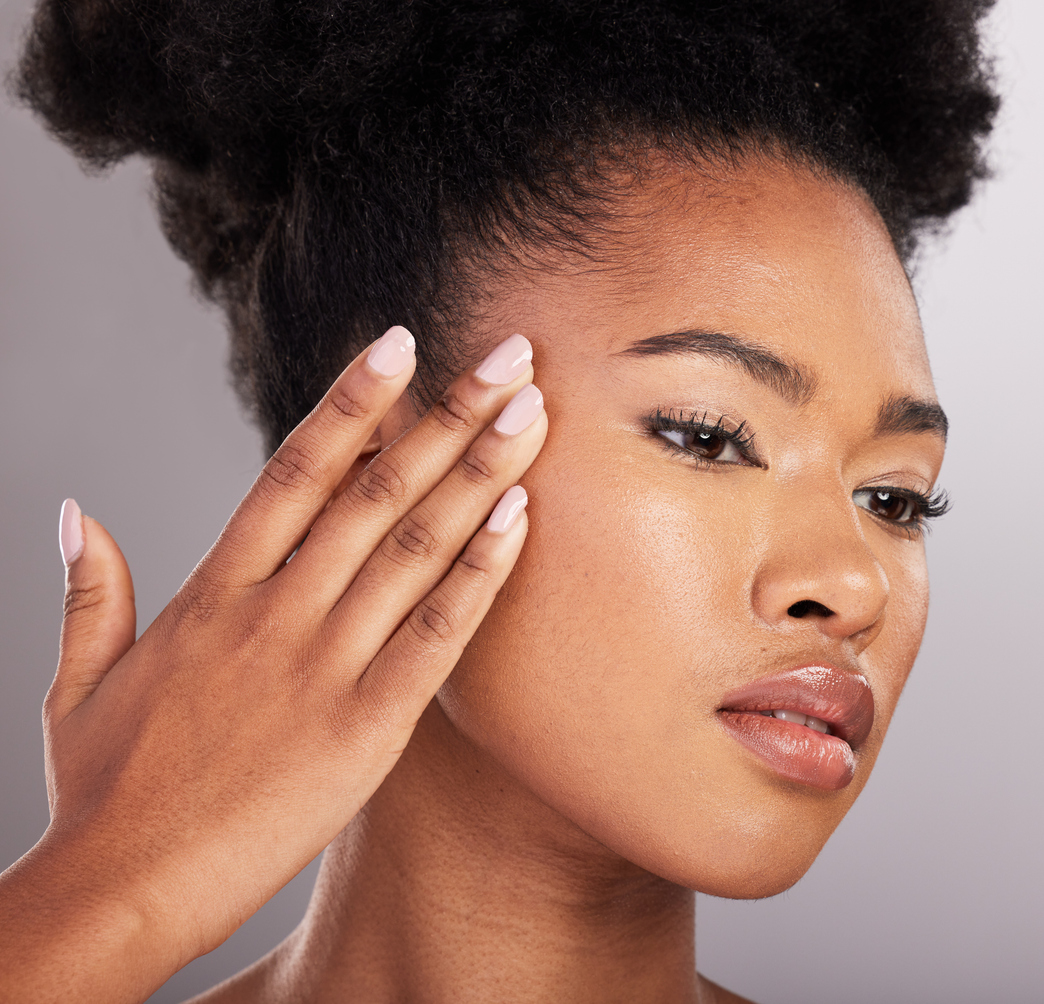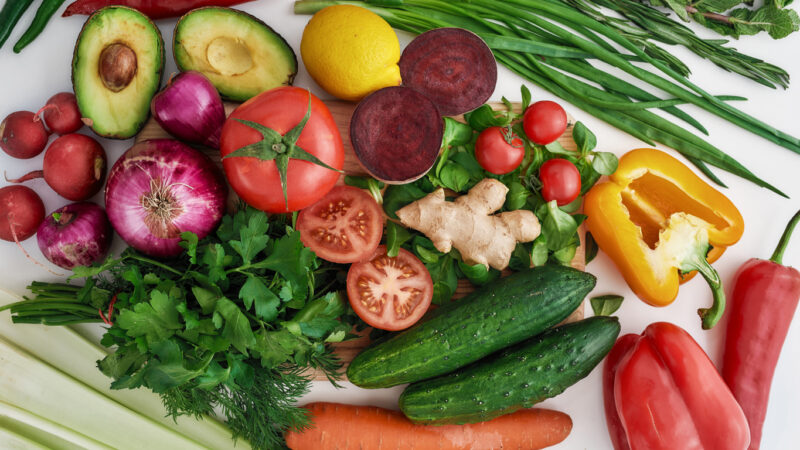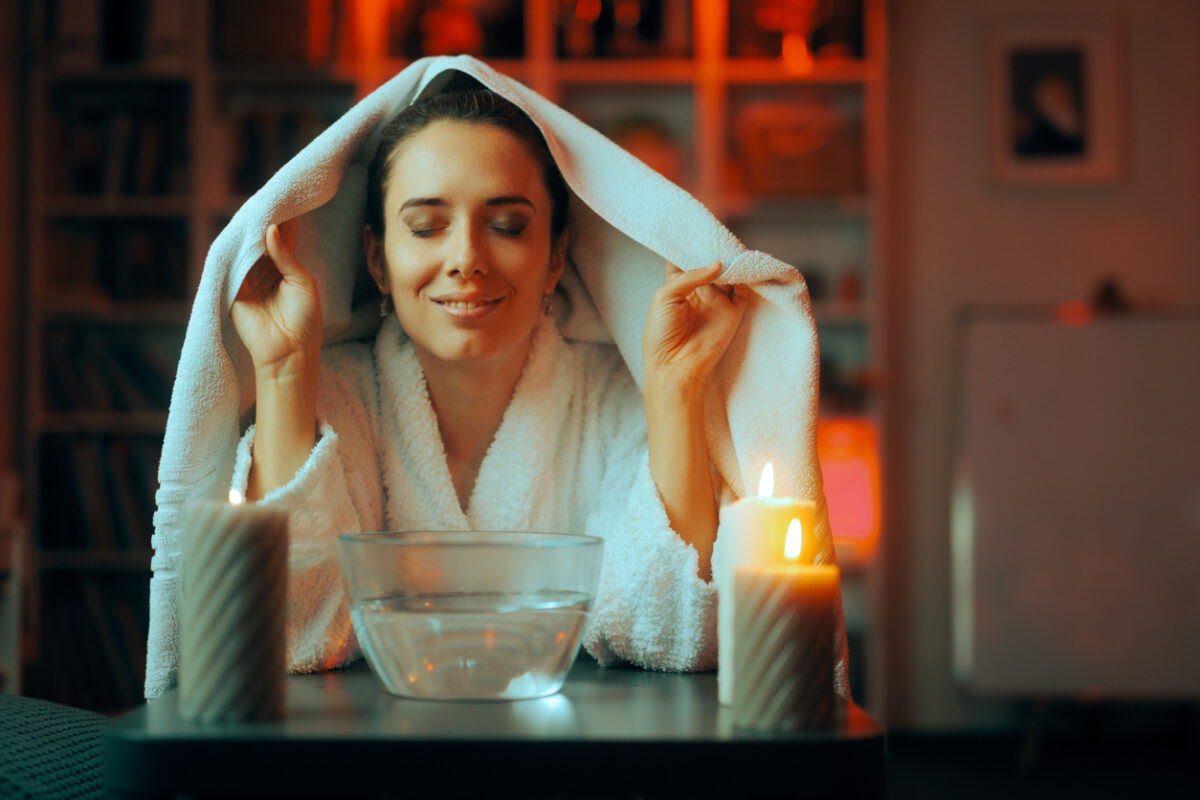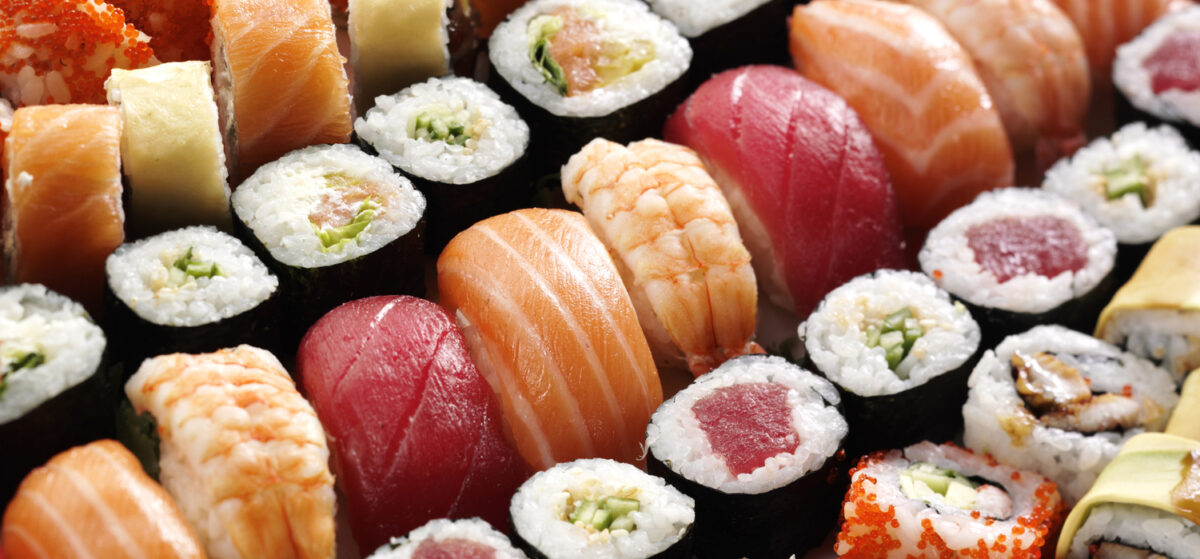Maintaining the health and beauty of your hair and nails starts from within. While collagen often takes center stage in beauty discussions, understanding its role and how your diet affects hair and nail health can make all the difference. In this article, we explore whether hair and nails are composed of collagen, their structure, and how to support them with the right nutrition.
What Are Hair and Nails Made Of? Understanding Their Structure
The Basics of Hair Composition
Hair primarily consists of keratin, a protein that forms its structure and gives it strength. Collagen doesn’t make up the hair itself but supports the surrounding skin and follicles, providing the foundation for healthy growth.
The Composition of Nails
Like hair, nails are mostly keratin. The nail matrix, which generates nail cells, relies on a robust blood supply and sufficient nutrients for healthy nail growth. While collagen isn’t a direct component, it helps maintain the health of the skin beneath and around the nails.
The Role of Collagen in Hair and Nail Health
Collagen’s Indirect Impact
Collagen supports the dermis layer of the skin, where hair follicles reside. A healthy dermis ensures optimal hair growth by providing a strong base. Similarly, collagen aids in maintaining the elasticity and hydration of the skin around nails, reducing brittleness and breakage.
Age-Related Collagen Decline
As we age, collagen production declines. This can weaken the dermis, slowing hair growth and making nails more prone to splitting. Supplementing collagen or promoting its natural production can mitigate these effects.
Top Nutrients for Healthy Hair and Nails
Key Nutrients
- Protein: Keratin synthesis relies on adequate protein intake. Include lean meats, eggs, and legumes.
- Biotin: Known as vitamin B7, biotin strengthens hair and nails. Sources include eggs, nuts, and seeds.
- Zinc: This mineral supports tissue repair and growth, essential for both hair and nails. Oysters, pumpkin seeds, and chickpeas are excellent sources.
- Vitamin C: It boosts collagen production and prevents oxidative stress. Citrus fruits, strawberries, and bell peppers are rich in vitamin C.
Collagen Supplements
Collagen supplements, often in powder or capsule form, can improve skin elasticity and indirectly support hair and nails. A study published by the National Institutes of Health highlights the potential benefits of collagen for overall skin health source.
Foods That Boost Collagen Production Naturally
Collagen-Rich Foods
- Bone Broth: A traditional source of natural collagen.
- Gelatin: Often used in desserts, it provides a concentrated collagen boost.
Collagen-Boosting Ingredients
- Vitamin C-Rich Foods: Oranges, kiwis, and tomatoes help synthesize collagen.
- Copper-Rich Foods: Shellfish, nuts, and whole grains contribute to collagen formation.
- Antioxidants: Dark leafy greens and berries protect collagen from damage.
For more insights into collagen’s role in beauty and health, visit this article on natural ways to enhance collagen levels.
Simple Dietary Tips for Radiant Hair and Stronger Nails
Eat a Balanced Diet
Focus on whole foods and avoid overly processed meals. Include a mix of protein, healthy fats, and nutrient-dense vegetables in your daily intake.
Stay Hydrated
Dehydration can weaken both hair and nails. Drink at least 8 glasses of water daily to maintain their strength and shine.
Limit Harmful Habits
Avoid excessive alcohol and caffeine, as they can deplete nutrients essential for hair and nail health. Smoking, too, damages collagen and slows its production.
Include Healthy Fats
Omega-3 fatty acids in salmon, walnuts, and flaxseeds provide moisture and shine to hair while supporting nail flexibility.
Conclusion
While hair and nails are not directly composed of collagen, this essential protein plays a vital supporting role in maintaining their health. By incorporating collagen-rich and collagen-boosting foods into your diet, alongside other essential nutrients, you can promote strong nails and luscious hair. Pair a balanced diet with healthy habits, and you’ll see the difference from the inside out.
A natural way to prevent hair fall through hormone balancement
Juveriente®’s Effisoy, launched in 2016, based on fermented soy bean germ extract has been loved as a natural menopause relief since its launching in 2016.
Its primary function is to boost the weakened synthesis of a hormone precursor, DHEA. It’s safe as it only heals the natural synthesis function. The hormone boost doesn’t provide the only relief from menopausal symptoms. But, it also supports various aging issues and increases metabolism, which leads to weight loss.
Here are some of the real product reviews in our Amazon shop.
“Restful sleep finally!!”, “I Am Now Free of Hot Flashes!!”, “Lifesaver”